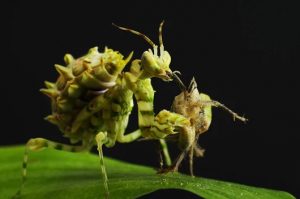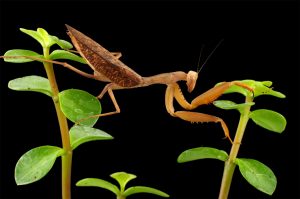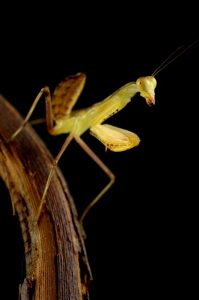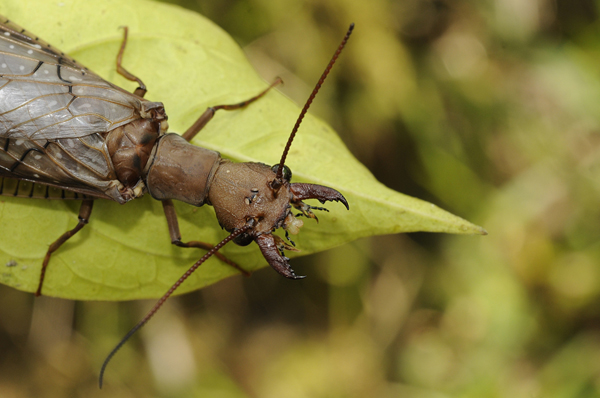I’m happy to show you some new pictures I received from Jarno Akkersdijk. He made some stunning pictures of his Ghost mantids and shared them at his website http://ghostmantisnl.wixsite.com/home
I got permission to share them with you too. The pictures are great because they show the growth and development of a mantis in a clear way. Click on the pictures to enlarge them.
Every time the mantis changed her skin, Jarno photographed her with a one euro coin for scale. At the last picture the mantis is adult and will not grow more.
You can clearly see how much food and fat a mantis has in its body. A mantis will store all of this in it abdomen. That is the last part of its body. When the mantis is eating you will see the abdomen becoming bigger and bigger. This picture illustrates that beautifully.
Male and female mantises look different. Here Jarno highlighted some differences between male and female ghost mantises.
Just a nice picture of an adult Ghost mantis (Phyllocrania paradoxa) to end with. You can read more about this mantis species at the link.




















